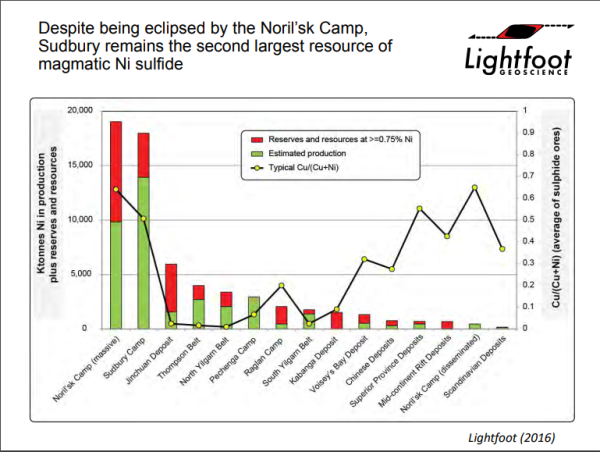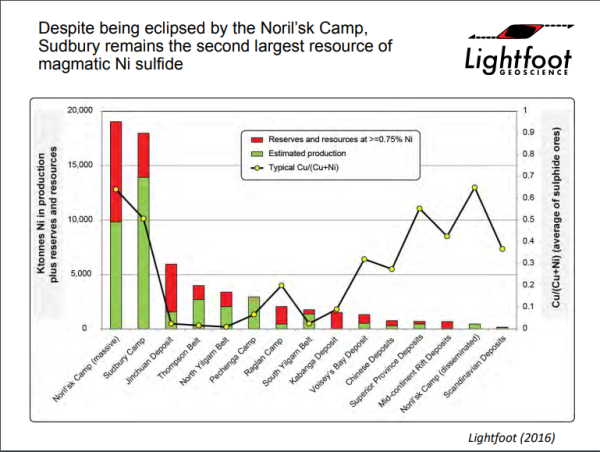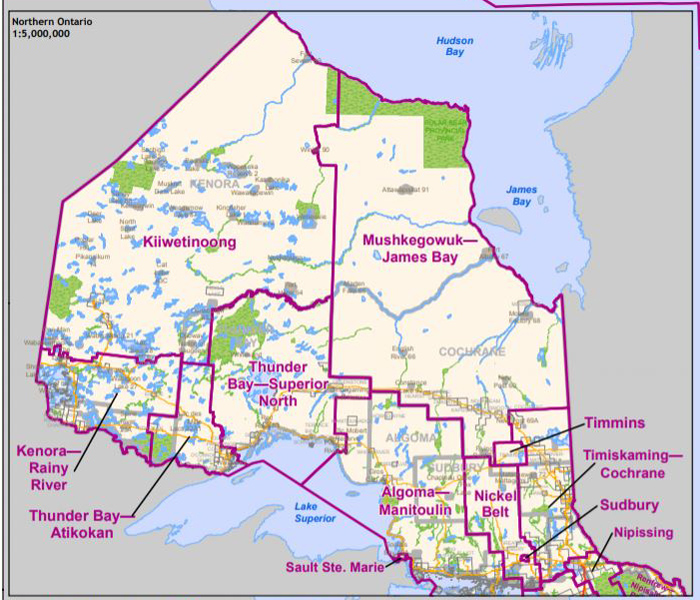https://www.thesudburystar.com/
The prices of nickel and other metals prices will recover, especially when more electric vehicles are built, mining analysts say. When they do, work at Levack Mine’s Morrison deposit will resume. Until then, KGHM Sudbury will keep the deposit in a care and maintenance mode, company officials say.
“It was very difficult,” Steve Dunlop, KGHM Sudbury general manager, said about meetings with employees held Wednesday to break the news. “Our concern is certainly with our employees. We are a fairly tight family. All of our workers have 10-plus years and the staff (members) have also been with us for quite a long time. It was very difficult.”
Slumping world nickel prices have prompted KGHM Sudbury to halt production at its Morrison deposit, putting an estimated 120 employees out of work as of late March when the mine goes into care and maintenance mode. A total of 87 of the affected 120 employees are members of United Steelworkers Local 2020.


























